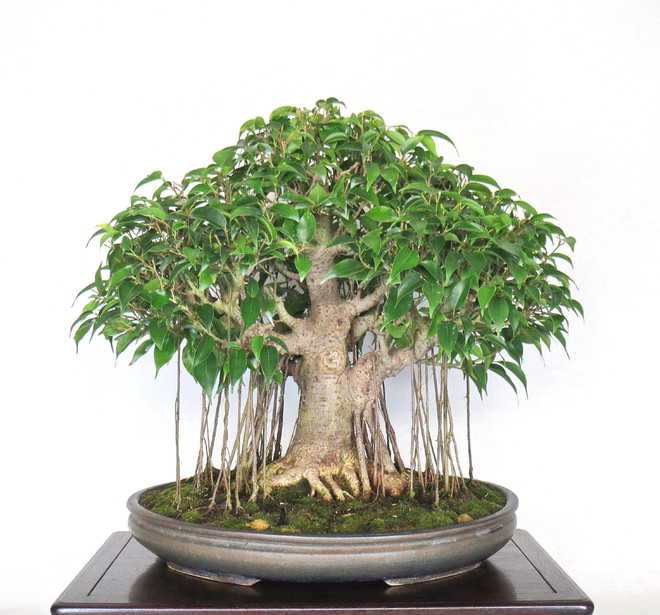
Maj Gen C S Bewli
Aerial roots are adventitious roots that have the unique ability to develop and grow above the ground-level; while growing some of these reach the ground to eventually anchor and get transformed into active roots; others keep drawing moisture and nutrients from air to survive.
Aerial roots have a striking and conspicuous appearance; they emerge only under high humidity conditions and shade. Therefore, species with aerial roots are mainly found in rain forests and areas within tropics and sub tropics. It is not that all plant species in such areas have the ability to develop aerial roots; only a handful of species reserve the right to show off the grandeur of their aerial roots.
Aerial roots absorb moisture and nutrients from air just like underground roots.
n Some of the house plant species of Philodendron, Monstera, Epipremnum, Ivy (Hedera), Euonymus, etc. have aerial roots that function as anchors. The roots cling to the supporting structures such as trellises, rocks and walls and draw nutrients from air.
n Aerial roots in Epiphytic orchids and Anthurium function to cling tightly on another plant or rock outcrop to survive. These are mainly found in rain forests because the habitat provides most of their growing requirements. They derive moisture and nutrients from air to keep them hydrated. They can be acclimatised to grow under local conditions by providing a sort of similar environment.
n Aerial roots on some of the tree species of Ficus and Schefflera continue to grow until they touch the ground and get entrenched. Initially, they draw moisture and nutrients from the air, but once they get embedded in the ground they derive their nutrition from the soil.
Amid the numerous aerial roots that spring, only a few succeed in reaching the ground and getting through the soil. While the aerial roots embed to the ground and grow, they thicken considerably and form secondary trunks.
A classic bonsai can be created with species whose aerial roots eventually get deep-rooted into the ground. Ficus benghalensis, F. virens, F. religiosa, F. panda, F. salicifolia, F. microcarpa, F. longisland, Schefflera actinophylla, S. arboricola are some of the awesome species with aerial roots. Bonsais of these species, when created in non-tropical regions, normally do not develop aerial roots. However, by facilitating favourable environment aerial roots can be formed.
Irrespective of the style of bonsai, aerial roots need to be trained, harmonised and fused to enlarge the trunk and enrich its appeal. The trunk of bonsai gives an impressive and a dramatic appearance when multiple secondary trunks grow from the canopy and get seated in the soil-mix.
Extraordinary and singular characteristic of these plants having secondary trunks has generated interest in bonsai artists' world-over. There is a burgeoning interest to create such bonsais as they make breathtaking and unusual additions to bonsai collections.
Aerial roots that are prone to failure
- Immature aerial roots.
- Roots that do not get anchored to the ground are brittle and can break off with careless handling.
— The writer is president of the Bonsai Culture Society and President of National Cactus & Succulent Society of India



























